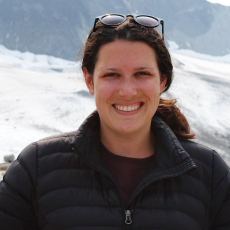Project Abstract
 The permafrost (perennially frozen ground) regions occupy nearly a quarter of the Earth's terrestrial surface. Permafrost is experiencing large changes stemming from the unprecedented degree of environmental change being observed in the Arctic. Changes in the permafrost system have profound effects on the ecology, hydrology, geomorphology, and human occupation of cold environments. The main indicators of permafrost stability are permafrost temperature and thickness of the active-layer (layer of earth materials between the ground surface and the top of the permafrost that undergoes an annual cycle of freezing and thawing). These parameters are considered to be Essential Climatic Variables (ECVs) by the Global Climate Observing System (GCOS) and the Global Terrestrial Observing Network (GTOS). The Circumpolar Active Layer Monitoring (CALM) program represents the only coordinated program providing collection, standardization, open access, and dissemination of active-layer data world-wide. Widespread, systematic changes in the thickness of the active layer could have profound effects on the flux of greenhouse gases, on the human infrastructure in cold regions, and on landscape and hydrologic processes. It is therefore critical that observational and analytical procedures continue over decadal periods to assess trends and detect cumulative, long-term changes. This award will support the continuation of the active-layer observations conducted by the CALM program at the network of 168 sites distributed over circumpolar Arctic region. CALM program is an integral part of the Global Terrestrial Network for Permafrost.
The permafrost (perennially frozen ground) regions occupy nearly a quarter of the Earth's terrestrial surface. Permafrost is experiencing large changes stemming from the unprecedented degree of environmental change being observed in the Arctic. Changes in the permafrost system have profound effects on the ecology, hydrology, geomorphology, and human occupation of cold environments. The main indicators of permafrost stability are permafrost temperature and thickness of the active-layer (layer of earth materials between the ground surface and the top of the permafrost that undergoes an annual cycle of freezing and thawing). These parameters are considered to be Essential Climatic Variables (ECVs) by the Global Climate Observing System (GCOS) and the Global Terrestrial Observing Network (GTOS). The Circumpolar Active Layer Monitoring (CALM) program represents the only coordinated program providing collection, standardization, open access, and dissemination of active-layer data world-wide. Widespread, systematic changes in the thickness of the active layer could have profound effects on the flux of greenhouse gases, on the human infrastructure in cold regions, and on landscape and hydrologic processes. It is therefore critical that observational and analytical procedures continue over decadal periods to assess trends and detect cumulative, long-term changes. This award will support the continuation of the active-layer observations conducted by the CALM program at the network of 168 sites distributed over circumpolar Arctic region. CALM program is an integral part of the Global Terrestrial Network for Permafrost.
Long-term observations of active-layer thickness and dynamics, obtained using standard measurement protocols, are the essential rationale behind the CALM project. Local site conditions and seasonal variations in climate create complex interactions that determine the magnitude of seasonal soil thaw and information about related biogeochemical processes. Long-term time series of thaw measurements at the same locations and across diverse terrain types and regions are required to identify scales of spatial variation, establish trends, and validate models. Measurement of thaw subsidence, which are critical for identifying potential threats to human infrastructure in the Arctic, is an integral part of the observation program. The objectives of the observational network stress the need for long-term active layer, ground temperature, and thaw settlement measurements, integration of data to provide the basis for comprehensive assessments of changes in active-layer and near-surface permafrost, and preparation and dissemination of data sets to assist detailed process studies, and in validating and developing of climate change, ecology, hydrology, and geocryology models. The geographical focus of the network of CALM grids and soil temperature sites is on Arctic tundra environments, where the program has made a substantial progress at building a consistent, long-term database that has been used effectively and extensively by the modeling community. Although this project is concerned only with observing stations located in the Arctic region, it is important to note that CALM is a global network incorporating observatories outside the Arctic Circle, including a rapidly developing Antarctic component (CALM-South). More than half of the sites in the CALM network are maintained and data reported on a voluntary basis. Educational and outreach activities are an integral part of the proposed research. The project will provide opportunities for field experience and educational participation at levels ranging from elementary school through postdoctoral. The circum-Arctic nature of CALM will foster extensive international collaboration between students involved in project activities. An outreach component of the project includes extensive involvement of local, predominantly indigenous population in observational program at remote Arctic sites.
Logistics Summary
This collaboration between Shiklomanov (1836377, LEAD, GWU) and Nelson (1836381, NMU) continues work from NSF grant 1304555 to the Circumpolar Active Layer Monitoring Network. The Circumpolar Active Layer Monitoring (CALM) program is observing the response of the active layer and near-surface permafrost to climate change at multi-decade time scale. The present active-layer network contains 280 sites, 138 of which are categorized as ‘Intensive,’ with high-level instrumentation and annual monitoring. This project will extend CALM monitoring activities for another five years. During the summers of 2019 through 2023, researchers working on this project will sample CALM grid sites in both Alaska (Fairbanks, Toolik Field Station, Prudhoe Bay, Utqiagvik, and Nome) and Russia (Cherskii, Provideniya, and Yakutia). Sites are distributed throughout northern Alaska and Russia. Locations below are approximate. Please see the CALM project website or GTN-P website for exact locations.
Season Field Site
2019 Alaska - Atqasuk
2019 Alaska - Ivotuk
2019 Alaska - Nome
2019 Alaska - Prudhoe Bay
2019 Alaska - Toolik
2019 Alaska - Utqiaġvik (Barrow)
2019 Russia - Cherskii
2019 Russia - Chukotka
2019 Russia - Lavrentiya
2019 Russia - Lorino
2020 Alaska - Atqasuk
2020 Alaska - Fairbanks
2020 Alaska - Ivotuk
2020 Alaska - Nome
2020 Alaska - Prudhoe Bay
2020 Alaska - Toolik
2020 Alaska - Utqiaġvik (Barrow)
2020 Russia - Cherskii
2020 Russia - Chukotka
2020 Russia - Lavrentiya
2020 Russia - Lorino
2020 Russia - Provideniya
2021 Alaska - Fairbanks
2021 Alaska - Nome
2021 Alaska - Prudhoe Bay
2021 Alaska - Toolik
2021 Alaska - Utqiaġvik (Barrow)
2021 Russia - Cherskii
2021 Russia - Chukotka
2021 Russia - Lavrentiya
2021 Russia - Lorino
2021 Russia - Provideniya
2022 Alaska - Fairbanks
2022 Alaska - Nome
2022 Alaska - Prudhoe Bay
2022 Alaska - Toolik
2022 Alaska - Utqiaġvik (Barrow)
2022 Russia - Cherskii
2022 Russia - Chukotka
2022 Russia - Lavrentiya
2022 Russia - Lorino
2022 Russia - Provideniya
2023 Alaska - Fairbanks
2023 Alaska - Nome
2023 Alaska - Prudhoe Bay
2023 Alaska - Toolik
2023 Alaska - Utqiaġvik (Barrow)
2023 Russia - Cherskii
2023 Russia - Chukotka
2023 Russia - Lavrentiya
2023 Russia - Lorino
2023 Russia - Provideniya
Keywords
permafrost; active-layer thickness; thaw settlement; ground temperature; long-term observations
Project Location
Dates
-Location
Sites are distributed throughout northern Alaska and Russia. Please see the CALM project website or GTN-P website for exact locations.Members
Principal Investigator
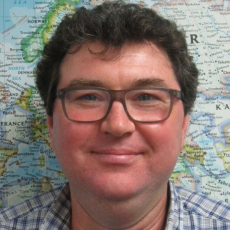
Principal Investigator
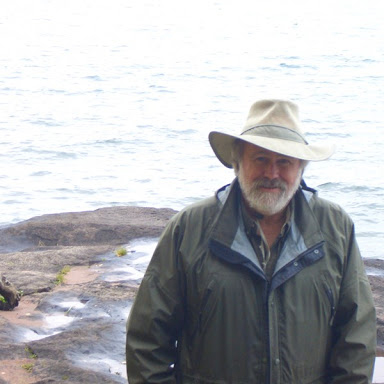
Co-Principal Investigator
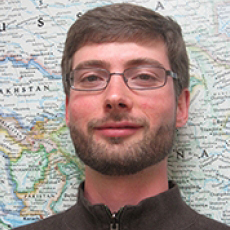
Co-Principal Investigator
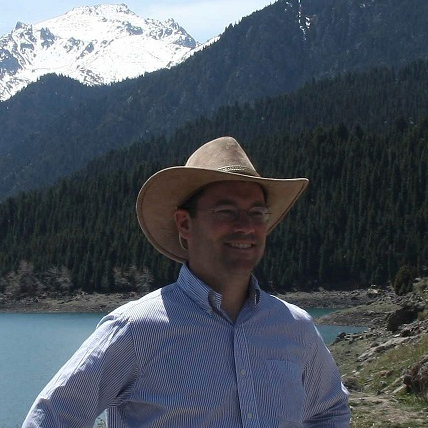
Associate
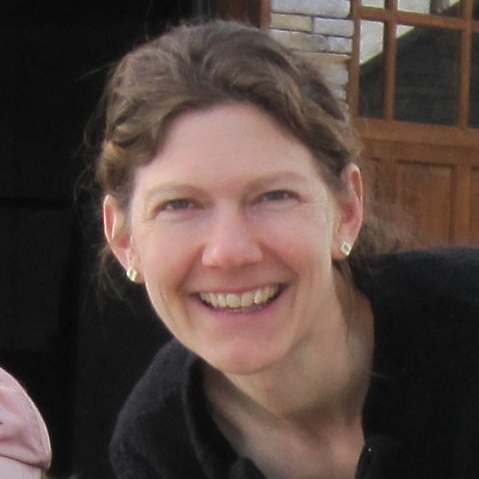
Associate
